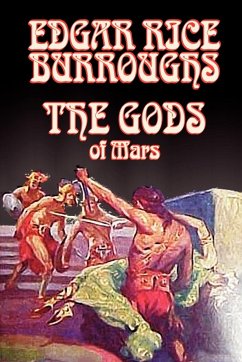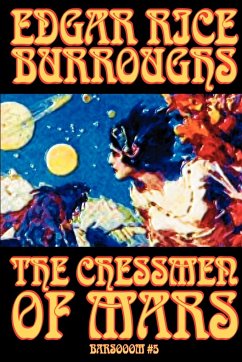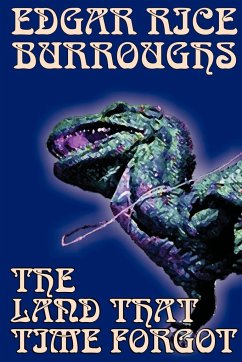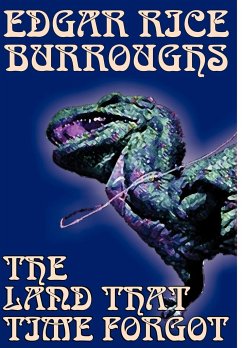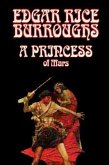At the end of A PRINCESS OF MARS, the first volume in Burroughs's Mars series, John Carter managed to get the factory that produces oxygen for Barsoom working again -- and collapsed. When he came to, he found himself back on earth, and separated from his beloved Dejah Thoris, the Princess of Helium. It's a decade later when Carter returns to Barsoom, and he finds himself in that part of the planet that the natives consider to be "heaven" -- which is no heaven at all. Carter has to reunite with his friend the fierce green warrior Tars Tarkas, fight with plant men and the great white apes of Barsoom, violate some significant religious taboos, survive the affections of an evil goddess, foment a slave revolt, fight in an arena, and still save Dejah Thoris in the middle of a giant air battle between the red, green, black and white people of Barsoom. . . . High adventure, Martian style.

